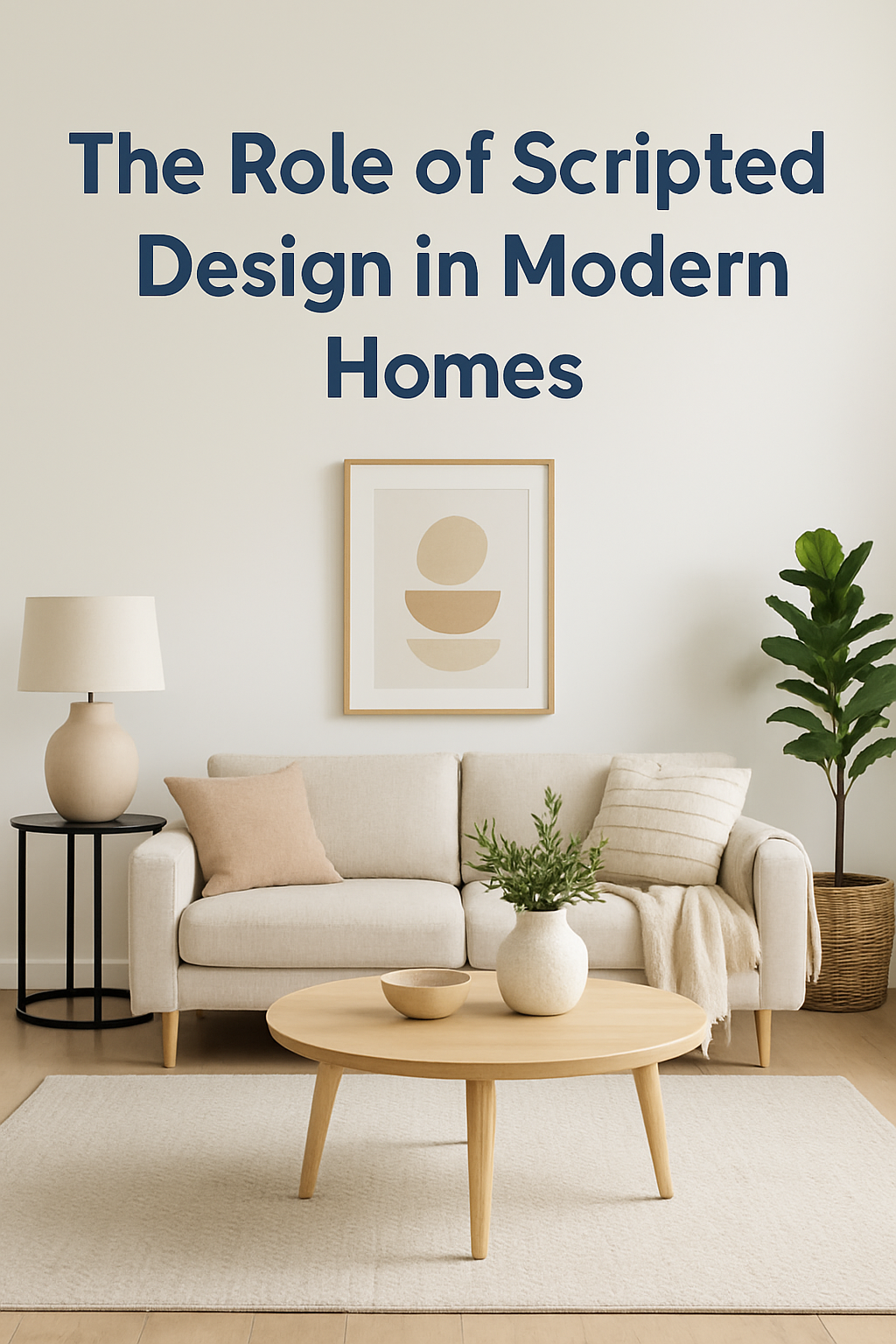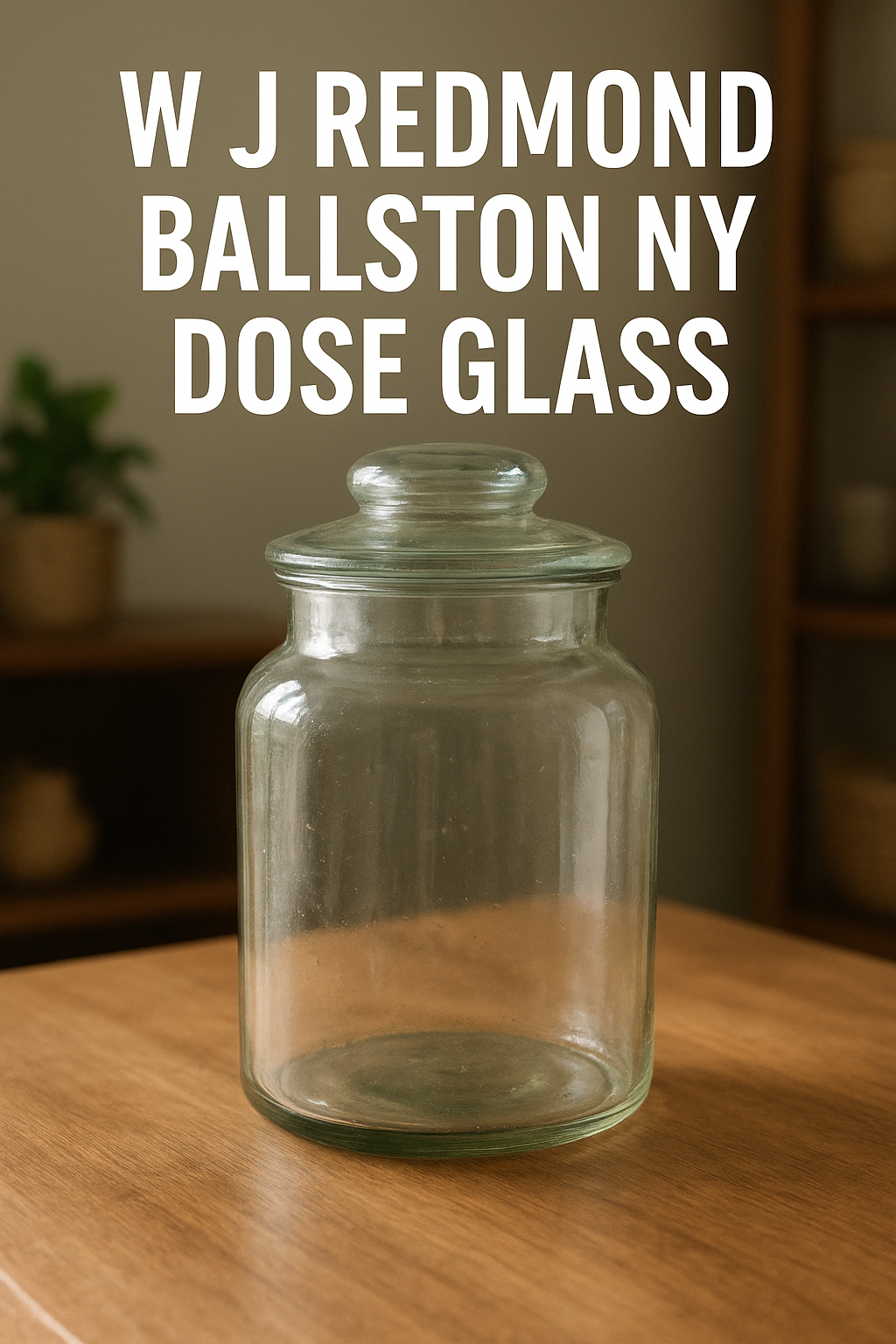Introduction
In today’s fast-changing world of home interiors, trends are no longer random. People want spaces that tell stories, reflect personalities, and bring harmony to daily life. This is where the concept of scripted design comes in. Rather than choosing pieces without a plan, homeowners are now following a carefully scripted approach to design their interiors. This style not only brings order but also makes every corner of the home meaningful.
Scripted Design: What Does It Mean for Homes?
Scripted design means building your home with a vision and flow, almost like following a written script for your space. Every color, texture, and accessory is chosen with intention. For example, the wall colors set the mood, furniture supports comfort, and décor items highlight the family’s personality. This type of scripted planning ensures that the home looks stylish while also being functional.
Why Homeowners Are Shifting Toward Scripted Interiors
Modern homeowners no longer want a mix of random items. Instead, they prefer to create a connected theme throughout their house. A scripted interior style helps achieve this balance. From the living room to the bedroom, everything follows one design storyline. This not only makes the space visually attractive but also adds emotional comfort, because people feel more attached to a well-curated home.
Practical Examples of Scripted Home Décor
Imagine a living room designed around a coastal theme. The walls might be painted soft blue, the curtains light white, and furniture made of natural wood. Every element supports the central script of “coastal calm.” Similarly, a modern minimalist home might follow a script of clean lines, neutral colors, and clutter-free spaces. By choosing such scripted décor styles, homeowners create homes that feel consistent and intentional.
Benefits of Choosing a Scripted Approach at Home
The biggest advantage of using a scripted design is clarity. Homeowners don’t waste money buying unnecessary items because every purchase fits into the planned design script. This approach also makes the home easier to maintain, since there is less clutter and more harmony. In addition, a scripted design helps create spaces that stand out, whether it’s for personal satisfaction or increasing the property’s resale value.
Conclusion
Homes are no longer just places to live; they are reflections of personal identity. By using a scripted design approach, people can create interiors that feel beautiful, balanced, and purposeful. Whether you prefer modern, traditional, or minimalist themes, following a script can transform your house into a home that truly tells your story.
FAQs
Q1: What is scripted design in home interiors?
Scripted design means planning every element of your home—colors, furniture, décor, and layout—according to a clear theme or vision. It helps create a connected flow in all rooms instead of a mix of random styles.
Q2: How is scripted home décor different from traditional decorating?
Traditional decorating often involves picking items without a set plan, while scripted décor follows a written storyline or concept. This ensures consistency and makes the whole home feel balanced.
Q3: Can scripted design work for small homes or apartments?
Yes, scripted design works perfectly for small spaces. By choosing a single theme and sticking to it, you can make your apartment look organized, stylish, and larger than it actually is.
Q4: What are the benefits of a scripted approach in interior design?
It saves money, reduces clutter, and makes your home look more harmonious. Every purchase fits into the design script, so you avoid wasting space or money on mismatched items.
Q5: How can I start creating a scripted design for my home?
Begin by choosing a theme (like minimalist, coastal, or modern). Then, plan your colors, furniture, and décor according to that theme. Start small—like with one room—and expand the script throughout your home.



Leave a Reply